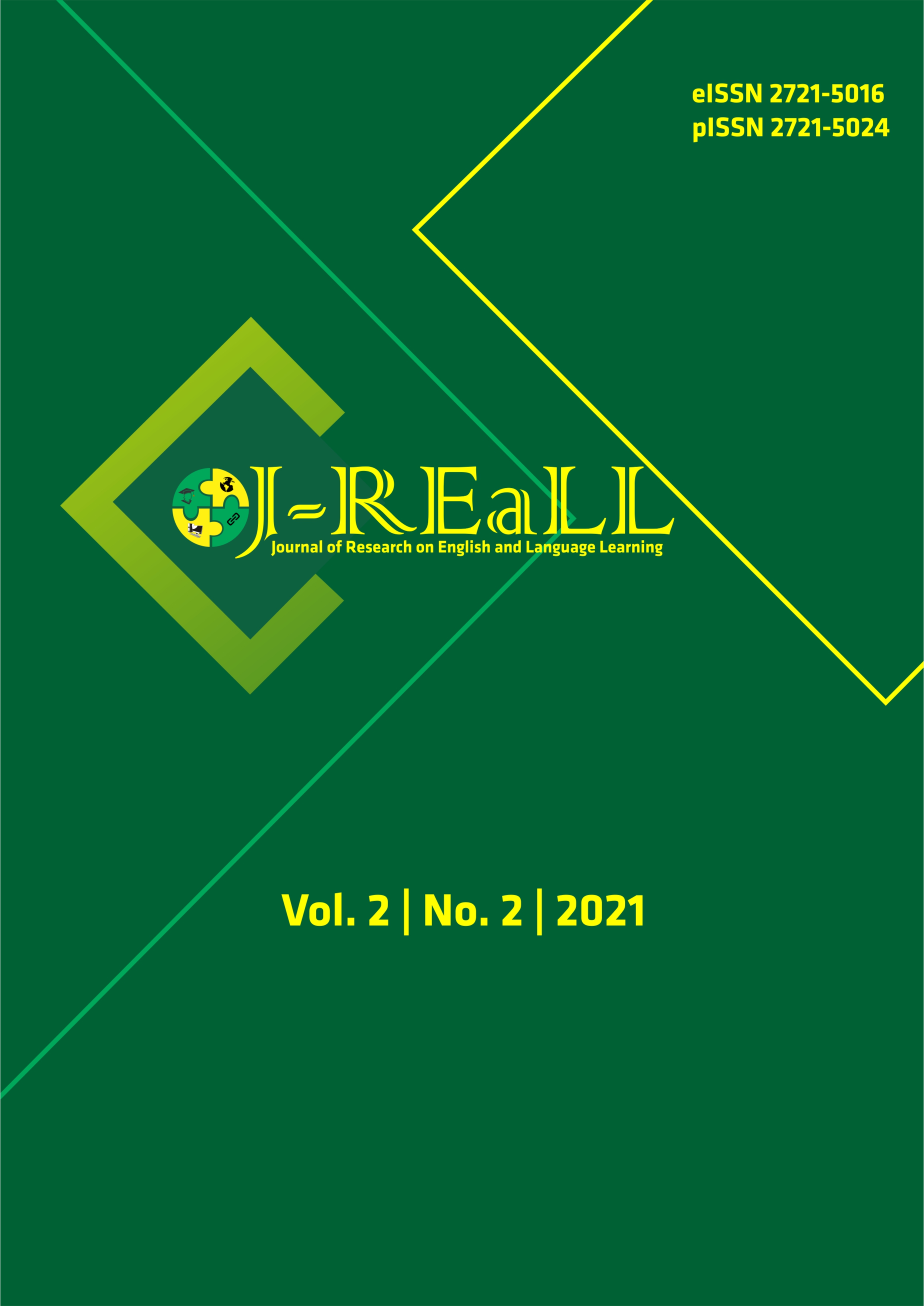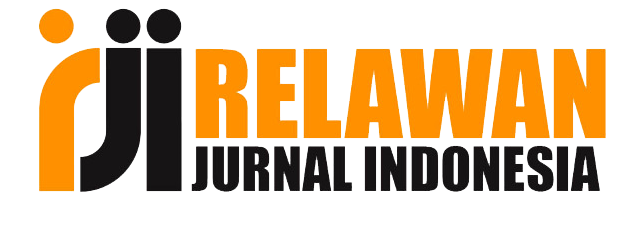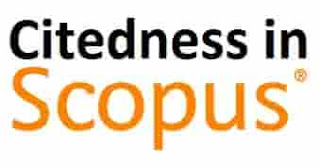Teacher's problems and solutions in implementing student-centered learning in SMAN Bali Mandara Singaraja
DOI:
https://doi.org/10.33474/j-reall.v2i2.10133Keywords:
student-centered learning (SCL), teachers' problem, teachers' solution, 2013 curriculumAbstract
This qualitative descriptive study aimed at analyzing teachers' problems and solutions in implementing Student-centered Learning. This study involved an English teacher in SMA N Bali Mandara Singaraja. The instruments of this study consisted of voice recorder, field notes, interview guide, and researcher as the main instrument. The obtained data were analyzed using Miles and Huberman (1994) theory which consisted of data collection, data reduction, data display and conclusion drawing/verification. The results showed that the teacher's problems included problems caused by students, teacher, and facilities to support learning. The teachers' solutions to solve the problems were by identifying the students' ability, motivating students personally, doing the class management well, using "stick talking" game to lead students to ask a question, instructed students to find more resources on the internet or library, giving a reward, instructed students to revise their planning when it was not meeting the minimum score before mobilizing them to the other group or permitting them to choose individual task based on their interest, grouping students evenly based on the identification result, scheduling and instructing them to do a discussion with their friend before consulting their project to the teacher and the last borrowing tools from the school facilities section and rotating the tool usage.
References
Apple, Matthew T. (2006) Language Learning Theories and Cooperative Learning Techniques in the EFL Classroom. Doshisha Society for the Study of Language and Culture.
Carlile, O., & Jordan, A. (2005). It works in practice but will it work in theory? The theoretical underpinnings of pedagogy. In S. Moore, G. O’neill, & B. McMullin (Eds.), Emerging Issues in the practice of University Learning and Teaching, Dublin: AISHE
Chombs, A. W. (1976). Fostering Maximum Development of the Individual. In Learner-Centered Classrooms, Problem-Based Learning, and the Construction of understanding and Meaning by Students. Retrieved December, 12, 2020, from http://www.ncrel.org Web site: http://www.ncrel.org/sdrs/areas/isues/content/cntareas/science/sc3learn.htm
Faridi, A., Bahrim, S. & Nurmasitah, S. (2016). The Problems of Applying Student Centered Syllabus of English in Vocational High Schools in Kendal Regency. Canadian Center of Science and Education, 9(8), 231-240.
Ho, Shelen. (2020). Diversity and Inclusion in Global Higher Education. Lessons from Across Asia. Singapore: Springer Nature Singapore Pte Ltd.
Kementrian Pendidikan dan Kebudayaan (2012). Dokumen Kurikulum 2013. Retrieved from http://pendidikan-diy.go.id/file/mendiknas/dokumen-kurikulum-2013.pdf
Kumar, M. K. (2016). Challenge in Implementing Student-centered Strategies in Classrooms. International Research Journal of Engineering and Technology (IRJET), 03(12), 1224-1227.
Lim, E., K., S. (2014). Investigating Teachers' Views of Student-Centred Learning Approach. International Education Studies, 7(7). doi: 10.5539/ies.v7n7p143
Lotfy, N. (2012). Seating arrangement and cooperative learning activities: Students' on-task/off-task participation in EFL classrooms. The department of TEFL.
McCombs, B. L., & Whisler, J. S. (1997). The Learner-Centered Classroom and School: Strategies for Increasing Student Motivation and Achievement. The Jossey-Bass Education Series. San Francisco, CA: Jossey-Bass Inc.
McKean, S. (2014). The Effects of Implementing Student-centered Learning on At-risk Students' Self-efficacy. University of Toronto
Miles, M. B., & Huberman, A. M. (1994). Qualitative Data Analysis (2nd ed.). California: SAGE Publications, Inc.
Mislinawati & Nurmasyitah (2018). Kendala Guru Dalam Menerapkan Model-Model Pembelajaran Berdasarkan Kurikulum 2013 Pada SD Negeri 62 Banda Aceh. Jurnal Pesona Dasar, 6(2), 22-32
Prasetyawati, P. (2016). Analisis Proses Pembelajaran Berbasis Student Centered Leaning Dalam Pendekatan Saintifik Pada Mata Pelajaran Sejarah Di SMA Negeri Se Kota Palu. E Jurnal Katalogis, 4(10), 130-137
Qiang, Wang and Ning, Zhang (2011). Teaching Large Classes in China-English as a Foreign Language. Beijing Normal University: China
Sanger, C., S. & Gleason, N., W. (2020). Diversity and Inclusion in Global Higher Education. Lessons from Across Asia. Singapore: Springer Nature Singapore Pte Ltd.
Seng, E., L., K. (2014). Investigating Teachers' Views of Student-Centred Learning Approach. International Education Studies, 7(7). doi: 10.5539/ies.v7n7p143
Sunzuma, G., Ndemo, Z. & Zezekwa, N. (2012). The Challenge of Implementing Student-centered Instruction in the Teaching and Learning of Secondary School Mathematics in a Selected District in Zimbabwe. Computer Science, Mathematics.
Weimer, M. (2002). Learner-centered teaching: Five key changes to practice. San Francisco, CA: Jossey-Bass
Zamani, Mona. (2016). Cooperative Learning: Homogeneous and Heterogeneous Grouping of Iranian EFL Learners in a Writing Context. Cogent Education. Available online at http://dx.doi.org/10.1080/2331186X.2016.1149959
Downloads
Published
How to Cite
Issue
Section
License
Copyright (c) 2021 Putu Erna Adnyani, I Putu Ngurah Wage Myartawan, I Nyoman Pasek Hadi Saputra

This work is licensed under a Creative Commons Attribution 4.0 International License.
Authors who publish this journal agree to the following terms:
- Authors retain copyright and grant the journal right of first publication with the work simultaneously licensed under a Creative Commons Attribution License that allows others to share the work with an acknowledgement of the work's authorship and initial publication in this journal.
- Authors can separately make additional contractual arrangements for non-exclusive distribution published by the journal (e.g., publish it in a book), with an acknowledgement of its initial publication in this journal.
- Authors are allowed and encouraged to send their work via online (e.g., in the institutional repositories or their website) after published by the journal.






















